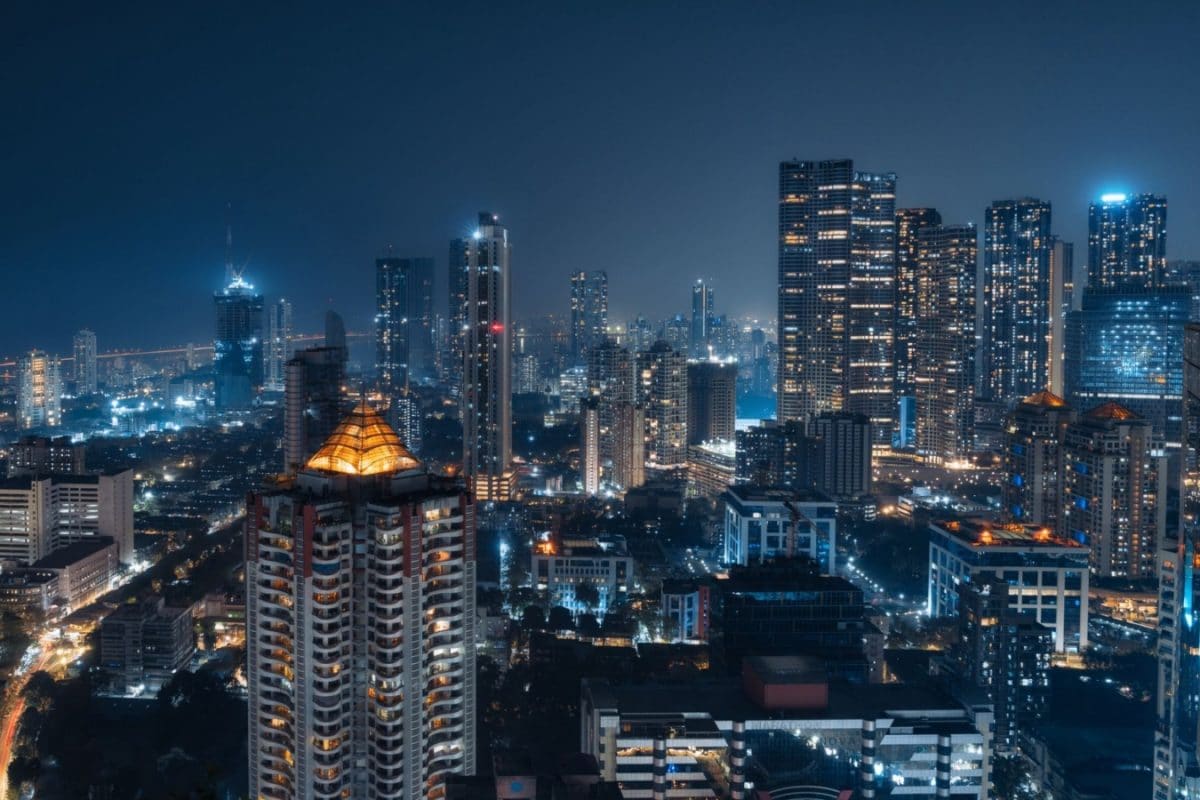From fintech to startups, from ports to semiconductors, the state is firing on all cylinders, ensuring...
Read More Maharashtra stands at the cusp of an extraordinary economic transformation. With Chief Minister Devendra Fadnavis reaffirming his government’s commitment to turning Maharashtra into a $1 trillion economy by 2029, the state is once again asserting its dominance as India’s premier investment destination. This ambition is not just a dream—it is a vision backed by policies, infrastructure, and an unrelenting drive to position Maharashtra as the heart of India’s economic future.

The Bharatiya Janata Party (BJP) first mooted the idea of a $1 trillion economy in 2016-17, recognising Maharashtra’s unmatched potential to spearhead the nation’s economic ambitions. Today, that goal is within striking distance, thanks to the state’s ability to attract investments across sectors, its emergence as a fintech and startup hub, and the robust policy framework laid out by the government. Maharashtra has consistently been at the forefront of Foreign Direct Investment (FDI) inflows, barring a brief period under the Maha Vikas Aghadi (MVA) government.
The renewed focus on economic expansion is already yielding positive results, with significant FDI inflows returning to the state, reaffirming investor confidence in Maharashtra’s business ecosystem. Maharashtra is not just the financial capital of India—it is now cementing its position as the fintech and data capital as well. Mumbai, the beating heart of the country’s financial ecosystem, continues to attract global players, with institutions like the National Payments Corporation of India (NPCI) and the National Stock Exchange (NSE) setting up their global headquarters in the state.
The Maharashtra government has already allocated prime land in Bandra-Kurla Complex (BKC) for NPCI’s headquarters, further solidifying Mumbai’s status as the hub of digital transactions and fintech innovation. Simultaneously, the startup ecosystem in Maharashtra is witnessing a paradigm shift. Mumbai, which once played second fiddle to Bengaluru in terms of startup traction, is now witnessing reverse migration—entrepreneurs who once moved out of Mumbai are returning to establish and expand their ventures.
With an increasing number of startups choosing Maharashtra as their base, the state is poised to lead India’s startup revolution, creating thousands of jobs and driving technological innovation. NAINA, an acronym for Navi Mumbai Airport Influence Notified Area —Maharashtra’s upcoming mega-smart city—has the potential to emerge as India’s ‘Science Data’ capital, drawing inspiration from China’s Guiyang. Strategically positioned near the soon-to-be-operational Navi Mumbai International Airport, NAINA is designed to be a hub for new-age industries, with data and allied sectors at its core.
With Maharashtra set to attract $20 billion in investments—nearly half of India’s total—the city can be a game-changer in the country’s $14 billion data centre market by 2029. A developed Maharashtra is essential for a developed India, and infrastructure is the backbone of this vision. In a move that will redefine India’s maritime trade, Prime Minister Narendra Modi last year laid the foundation stone for the Vadhavan Port.
Set to be India’s largest container port, this Rs 76,000 crore project is a landmark initiative that will double the country’s container handling capacity. Built in two phases—one concluding in 2030 and the other in 2039—the port will transform Maharashtra into a global logistics hub. With a staggering 20-metre depth and a projected handling capacity of 298 million metric tonnes per annum, Vadhavan is set to be one of the top 10 ports in the world.
Strategically located on the west coast, the port will serve as the primary feeder for the India-Middle East-Europe Economic Corridor (IMEEEC) and enhance trade flow through the International North-South Transport Corridor (INSTC). This project is not just about trade—it is about empowering Maharashtra’s economy with job creation, connectivity, and infrastructure development that will echo across industries. With an estimated employment potential of 12 lakh people, Vadhavan Port will be a monumental leap forward in Maharashtra’s journey towards economic supremacy.
Maharashtra’s industrial ambitions do not stop at ports and fintech—it is also leading the way in semiconductor manufacturing. The pandemic-induced disruption in global supply chains exposed India’s overdependence on semiconductor imports. Recognising the need for self-reliance, Maharashtra became the first state to launch a dedicated semiconductor policy and lay the foundation for a robust ecosystem.
The recent inauguration of the state’s first semiconductor OSAT (Outsourced Semiconductor Assembly and Test) plant in Navi Mumbai is a step towards technological self-sufficiency. This initiative is a game-changer, fostering technical innovation, strengthening local supply chains, and creating opportunities for micro, small, and medium enterprises (MSMEs). The semiconductor revolution in Maharashtra is not just about manufacturing chips—it is about skilling the local workforce, enhancing research and development, and ensuring that India is at the forefront of cutting-edge technology.
This industry will play a pivotal role in shaping the future of electronics, artificial intelligence, and Industry 4.0, reinforcing Maharashtra’s position as the nucleus of India’s digital revolution. Maharashtra is set to become a semiconductor powerhouse with the $10 billion JV between Tower Semiconductor and Adani Group, approved by the state cabinet.
The upcoming chip manufacturing facility in Taloja, Navi Mumbai, will have an initial capacity of 40,000 wafer starts per month (WSPM), scaling up to 80,000 WSPM in later phases. With Rs 58,763 crore earmarked for Phase 1 and Rs 25,184 crore for Phase 2, this project positions Maharashtra at the forefront of India’s semiconductor revolution. Maharashtra’s economic trajectory is a testament to its resilience, strategic vision, and investor-friendly policies.
The state government’s unwavering commitment to economic reforms, infrastructure development, and technological advancement has made Maharashtra the first choice for businesses, both domestic and global. As Maharashtra races towards its $1 trillion economy goal, it is not merely setting benchmarks for itself—it is paving the way for India’s emergence as a global economic powerhouse. From fintech to startups, from ports to semiconductors, the state is firing on all cylinders, ensuring that its growth story remains one of ambition, innovation, and unparalleled progress.
The road ahead is promising, and with the right mix of policies, leadership, and investment, Maharashtra will not just meet its trillion-dollar ambition—it will redefine what is possible for India’s economic future. Tuhin A. Sinha is National Spokesperson, BJP; Sumit Kaushik is a social impact and public policy consultant.
Views expressed in the above piece are personal and solely those of the author. They do not necessarily reflect News18’s views..
Politics

Opinion | Maharashtra’s Trillion-Dollar Vision: A Bold Step Towards An Economic Powerhouse

From fintech to startups, from ports to semiconductors, the state is firing on all cylinders, ensuring that its growth story remains one of ambition, innovation, and unparalleled progress














